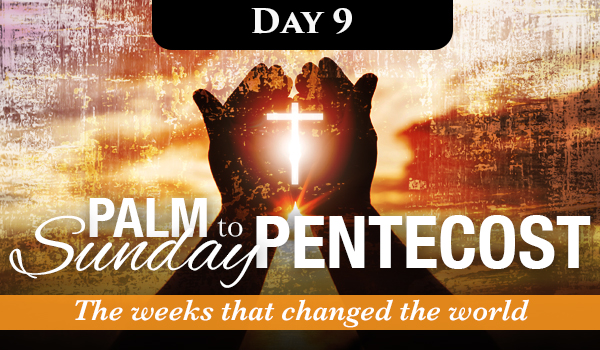For whenever you eat this bread and drink this cup, you proclaim the Lord’s death until he comes.
1 Corinthians 11:26
It’s worth mentioning two other devotionals where I cover the Last Supper. In Digging Deeper, I discuss the fact that at the Passover meal—which is what the Last Supper actually was (Mark 14:12)—there were four cups, not one so-called “Holy Grail.” The four cups represented the four “I will” promises of God to deliver His people out of Egypt (Exodus 6:6–8).
In The Jewish Jesus, there is an overview of the meal itself and what it included, besides wine and bread without yeast. It was also composed of meat, bitter herbs, and other items added through the centuries like eggs and vegetables.
Today, we will focus on what took place at the Last Supper rather than on the elements of the meal itself. Just as there was an appointed donkey ready to carry Jesus to Jerusalem, so too was there a preordained location for the Passover meal with the disciples—the upper room of a house in Jerusalem. The meal and commemoration of Passover was extensive, and so the disciples wanted to make preparations for this special post-sundown gathering (the Jewish day is from sunset to sunset). They were about to partake of a slain lamb before the shedding of “the precious blood of Christ, a lamb without blemish or defect,” was to take place (1 Peter 1:19).
John’s Gospel provides a notable moment at the beginning of this evening gathering. Jesus did the unthinkable and washed the dirty feet of His disciples as they reclined for the meal (likely at a low, three-sided table called a triclinium). He was demonstrating the humility and servitude they needed to exemplify going forward.
Then, Jesus and the disciples partook of the Passover meal, recalled what took place in Egypt so long ago, and sang hymns from the book of Psalms, chapters 113–118, known as “the Hallel.” This means “praise” (you might know the word Hallelujah: “praise Yah,” or “praise the Lord”).
The moment also came for Judas to be outed as Jesus’ betrayer. The manner in which this happened is usually missed by the modern reader because it involves a custom of the day. Jesus stated that whoever dipped his bread in the bitter herbs from the bowl was His betrayer. It was (and still is, to a degree) a Middle Eastern custom that sharing a meal creates a bond that prevents the two parties from being enemies in the future. This made what Judas did all the more treacherous.
As they were finishing the meal, the focus shifted to what we now call communion. Jesus offered them bread to symbolize His body that was to be broken, and wine to symbolize the blood He was about to shed.
Our modern-day commemoration of communion seems a far cry from the depth and breadth of Passover in general and that fateful evening in particular. So let me exhort you afresh before you take communion again. Take this act incredibly seriously. Examine your heart, confess your sins, and thank God for the ultimate sacrifice of sending His Son to take your sins away.
